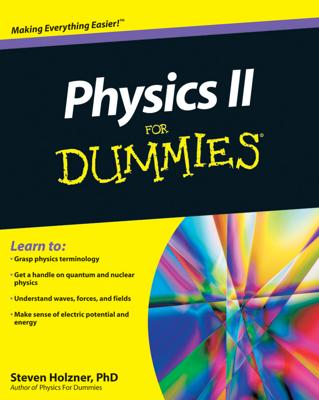One side effect of creating a consistent string theory is that it had to contain certain objects that can never be brought to rest. Because mass is a measure of an object while it’s at rest, these sorts of particles are called massless particles.
This would be a major problem for string theory if the massless particles predicted didn’t really exist. By 1974, bosonic string theory was quickly becoming a mathematical mess.
Overall, though, this wasn’t a terribly disturbing problem because scientists know for certain that at least one particle exists only in a state of motion: the photon. (The gluon, though not known for certain at the time, is also a massless particle.)
Under the Standard Model of particle physics at the time, it was believed that a particle called the neutrino might have a mass of zero. (Today we know that the neutrino’s mass is slightly higher than zero.)
There was also one other possible massless particle: the graviton. The graviton is the theoretical gauge boson that could be responsible for the force of gravity under quantum field theory.
The existence of massless particles in string theory was unfortunate, but it was a surmountable problem. String theorists needed to uncover the properties of massless particles and prove that their properties were consistent with the known universe.

